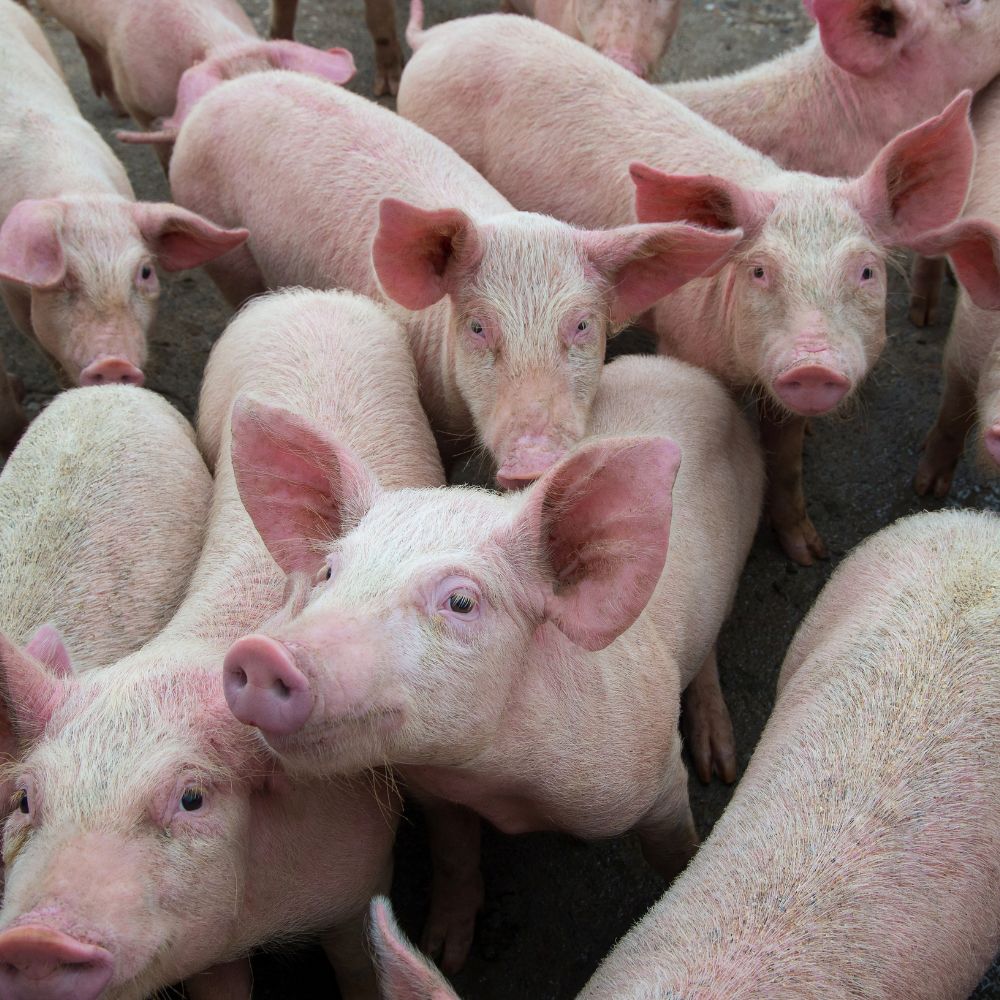Professional Assistance: Bagley Risk Management Techniques
Professional Assistance: Bagley Risk Management Techniques
Blog Article
Key Factors to Take Into Consideration When Deciding On Livestock Risk Protection (LRP) Insurance Coverage
When examining choices for Livestock Risk Defense (LRP) insurance, numerous crucial aspects call for cautious consideration to make certain effective danger management in the agricultural market. Choosing the appropriate protection options tailored to your details animals procedure is vital, as is comprehending how premium expenses correlate with the level of protection used.
Protection Options
When thinking about Livestock Threat Protection (LRP) insurance, it is crucial to recognize the various insurance coverage choices available to reduce threats in the agricultural field. Livestock Threat Defense (LRP) insurance policy provides various protection alternatives customized to meet the varied requirements of animals producers.
Another crucial coverage choice is the endorsement duration, which figures out the length of time the insurance coverage holds. Manufacturers can choose the endorsement duration that finest suits their production cycle and market conditions. In addition, insurance coverage levels and rates vary based on the kind of livestock being guaranteed, offering manufacturers the flexibility to tailor their insurance plans according to their certain needs.
Comprehending the different protection alternatives readily available under Livestock Risk Security (LRP) insurance policy is essential for manufacturers to make enlightened decisions that effectively protect their animals operations from market uncertainties.
Costs Costs

Animals Risk Security (LRP) insurance provides important protection alternatives customized to minimize risks in the farming industry, with a significant aspect to think about being the calculation and framework of premium costs. These consist of the kind and number of animals being guaranteed, the coverage degree selected, the existing market rates, historical rate information, and the length of the insurance coverage duration.
Premium prices for LRP insurance policy are generally determined based upon actuarial information and take the chance of assessment versions. Insurance providers examine historical data on animals prices and production prices to establish a suitable costs that mirrors the level of risk entailed. It is necessary for livestock manufacturers to very carefully review premium costs and protection options to guarantee they are appropriately protected versus possible economic losses as a result of negative market conditions or unpredicted events. By recognizing exactly how superior expenses are computed and structured, producers can make educated choices when selecting the best LRP insurance coverage for their operation.
Eligible Animals
The determination of qualified animals for Animals Danger Defense (LRP) insurance coverage involves cautious consideration of particular criteria and features. Livestock types that are generally qualified for LRP insurance consist of feeder livestock, fed cattle, swine, and lambs.
Feeder livestock, for instance, are commonly eligible for LRP coverage if they fall within defined weight arrays. Fed cattle might additionally be qualified, however they need to satisfy particular weight and top quality grade demands. Swine eligible for protection normally consist of market weight pets meant for slaughter. Lambs are an additional category of livestock that can be thought about for LRP insurance coverage, with elements such as weight and age playing a critical function in establishing their qualification.
Prior to choosing LRP insurance coverage for livestock, manufacturers should thoroughly evaluate the qualification requirements described by the insurance copyright to guarantee their animals satisfy the required demands for coverage.
Plan Versatility
Policy flexibility in Livestock Risk Defense (LRP) insurance policy permits producers to customize protection to fit their specific needs and risk monitoring approaches. This versatility equips animals producers to customize their insurance policies based on aspects such as the kind of livestock they own, market problems, and specific risk resistance degrees. By supplying adjustable choices, LRP insurance enables manufacturers to successfully manage their risk direct exposure while guarding their livestock operations versus unforeseen market volatility.
Cases Refine
Upon experiencing a loss or damages, manufacturers can start the cases procedure for their Animals Danger Protection (LRP) insurance by quickly calling their insurance copyright. It is critical for manufacturers to report the loss as quickly as feasible to speed up the claims here process. When getting to out to the insurance copyright, producers will certainly need to supply comprehensive info concerning the event, including the date, nature of the loss, and any kind of appropriate documents such as veterinary documents or market value.

After the analysis is full, the insurance company will certainly make a decision relating to the insurance claim and connect the outcome to the producer. The manufacturer will certainly pop over here get payment according to the terms of their Animals Threat Protection (LRP) insurance policy if the insurance claim is authorized. It is crucial for manufacturers to be acquainted with the cases procedure to make certain a smooth experience in case of a loss

Verdict
To conclude, when choosing Livestock Threat Protection (LRP) insurance policy, it is necessary to take into consideration coverage choices, premium expenses, qualified livestock, plan adaptability, and the claims procedure. These key variables will help guarantee that farmers and ranchers are adequately protected against possible dangers and losses associated with their animals operations. Making an informed choice based on these considerations can eventually result in much better monetary protection and satisfaction for livestock producers.
Livestock Danger Security (LRP) insurance policy uses different insurance coverage choices customized to see this site satisfy the diverse requirements of livestock manufacturers.The determination of qualified livestock for Livestock Danger Defense (LRP) insurance coverage entails cautious consideration of certain standards and features.Plan adaptability in Livestock Danger Defense (LRP) insurance policy allows manufacturers to tailor coverage to suit their specific needs and run the risk of management methods.Upon experiencing a loss or damage, producers can initiate the insurance claims procedure for their Livestock Risk Protection (LRP) insurance coverage by without delay contacting their insurance policy provider.In verdict, when choosing Animals Threat Security (LRP) insurance coverage, it is important to take into consideration insurance coverage choices, premium costs, eligible livestock, plan flexibility, and the claims procedure.
Report this page